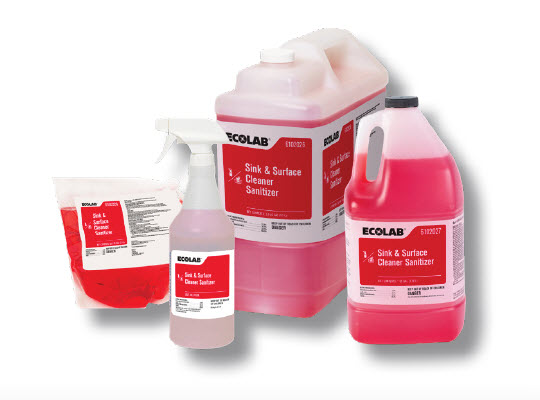What Happened to the Sanitizer? (Florida)

During a state survey, a surveyor identified that the sanitizer bucket in the main kitchen was not meeting required parts per million (PPM) of sanitizer. Having a low concentration of sanitizer may reduce the sanitizers overall efficiency, which increases the chances that a resident will experience a food-borne illness. The sanitizer that the community was using is a new cleaner/sanitizer which uses two chemicals to kill pathogens, which are Dodecyl Benzene Sulfonic (DDBSA) and Lactic Acid. These types of sanitizers are becoming more popular due to their ability to kill COVID and other significant pathogens. The community was previously using a quaternary sanitizing solution that utilized one chemical and had a range of 150-400 ppm. The staff had been trained but there had been no follow-up to ensure that the staff were following the correct procedures. Staff were under the impression that only one of the chemicals had to be within range for the product to work effectively.
After the surveyor identified the low sanitizing solution, the dining director emptied the buckets and refilled the buckets using a wall hung dispenser. After filling to the fill line, the director checked the bucket using specific test strips that measure both the DDBSA and Lactic Acid levels. The range for DDBSA is 272-700 ppm and the range for Lactic Acid is 704-1875 ppm. The product was now in range and was sanitizing effectively.
